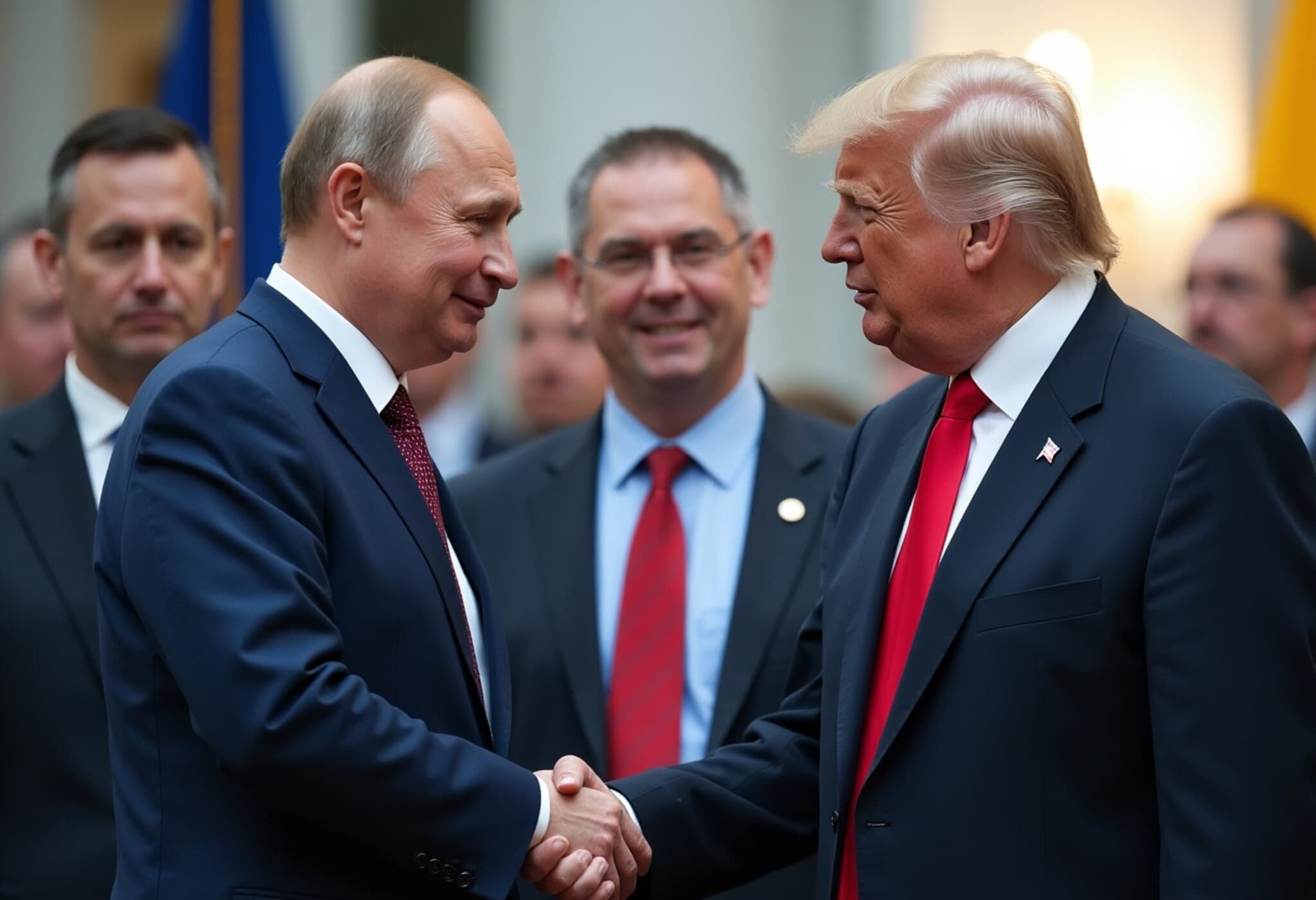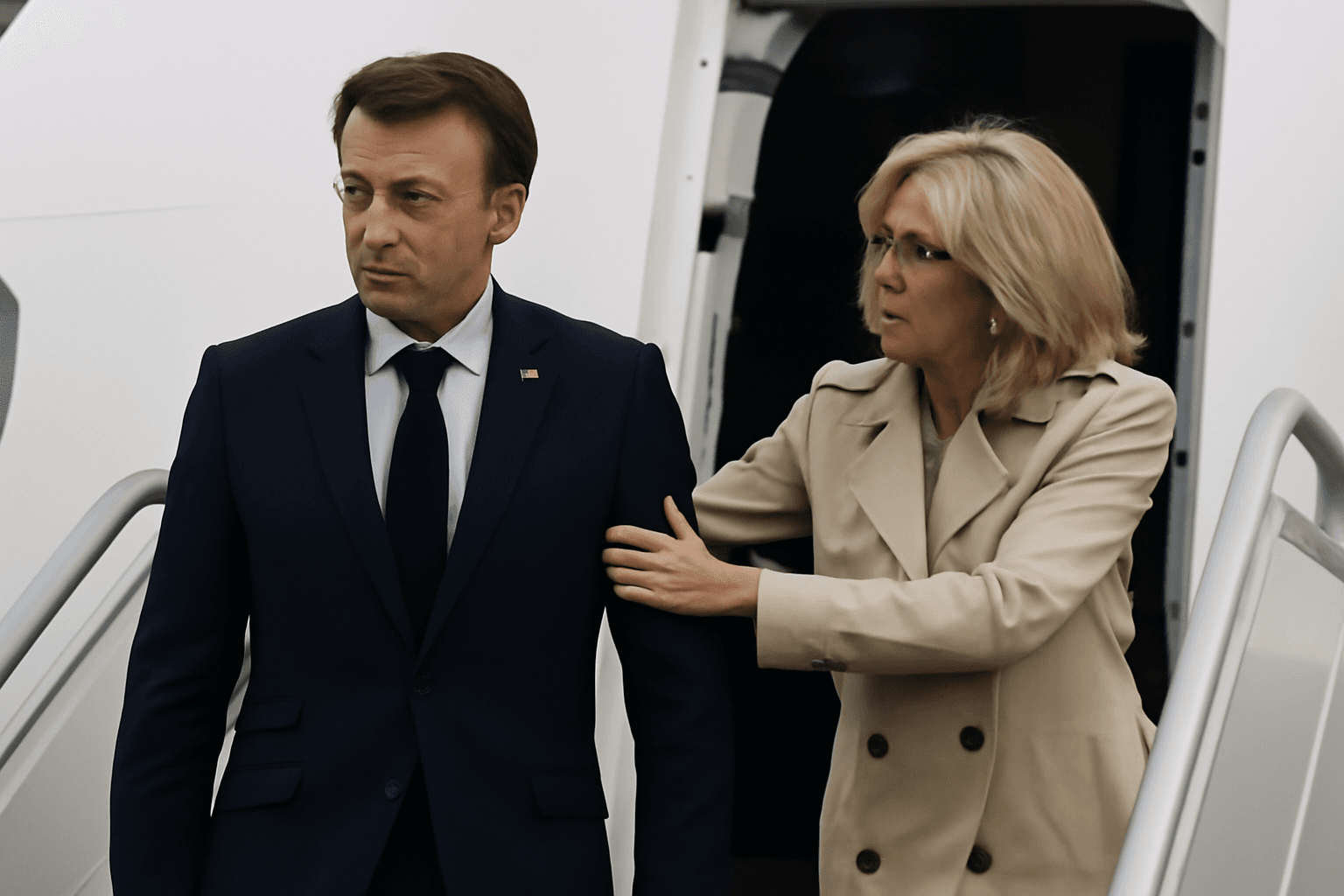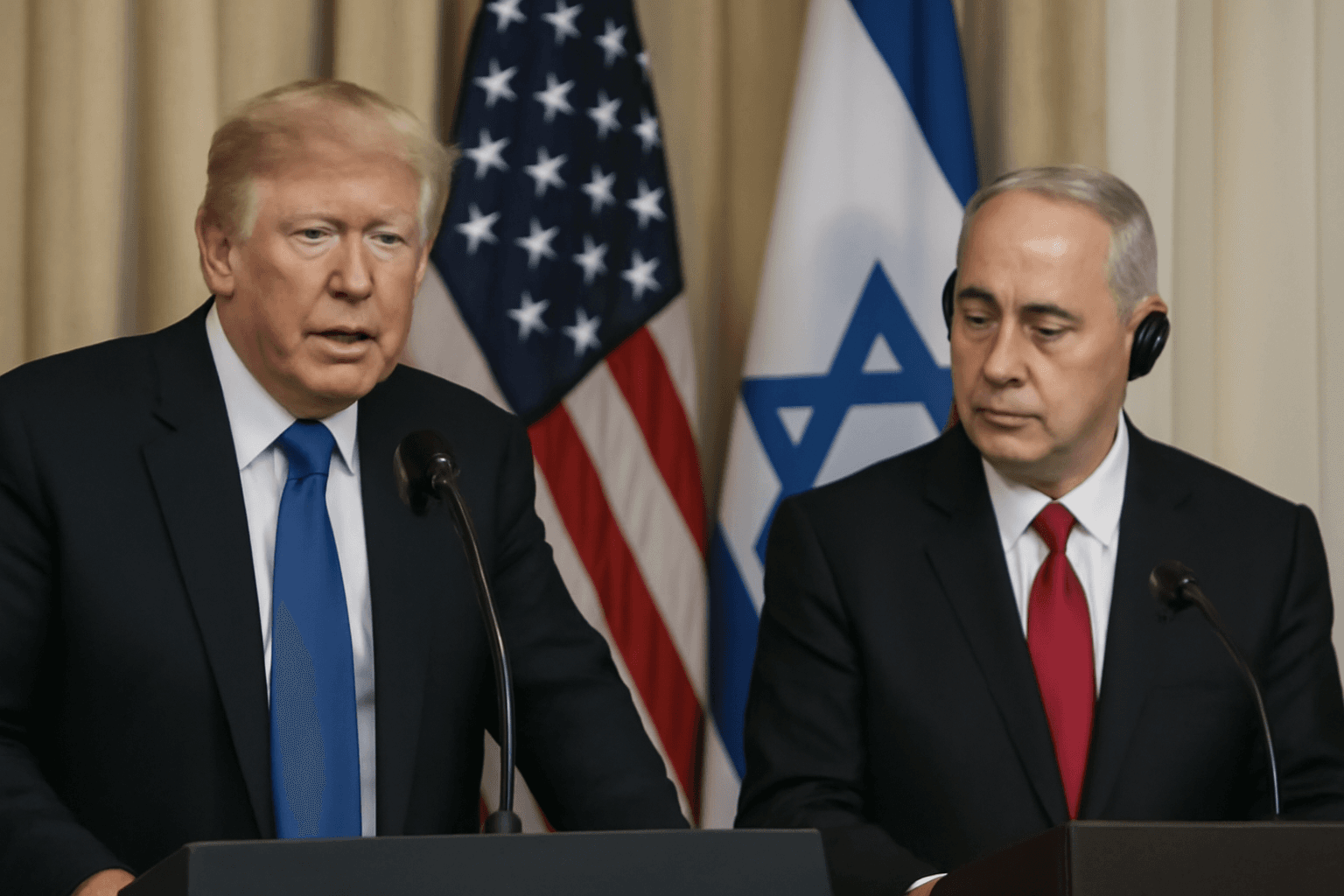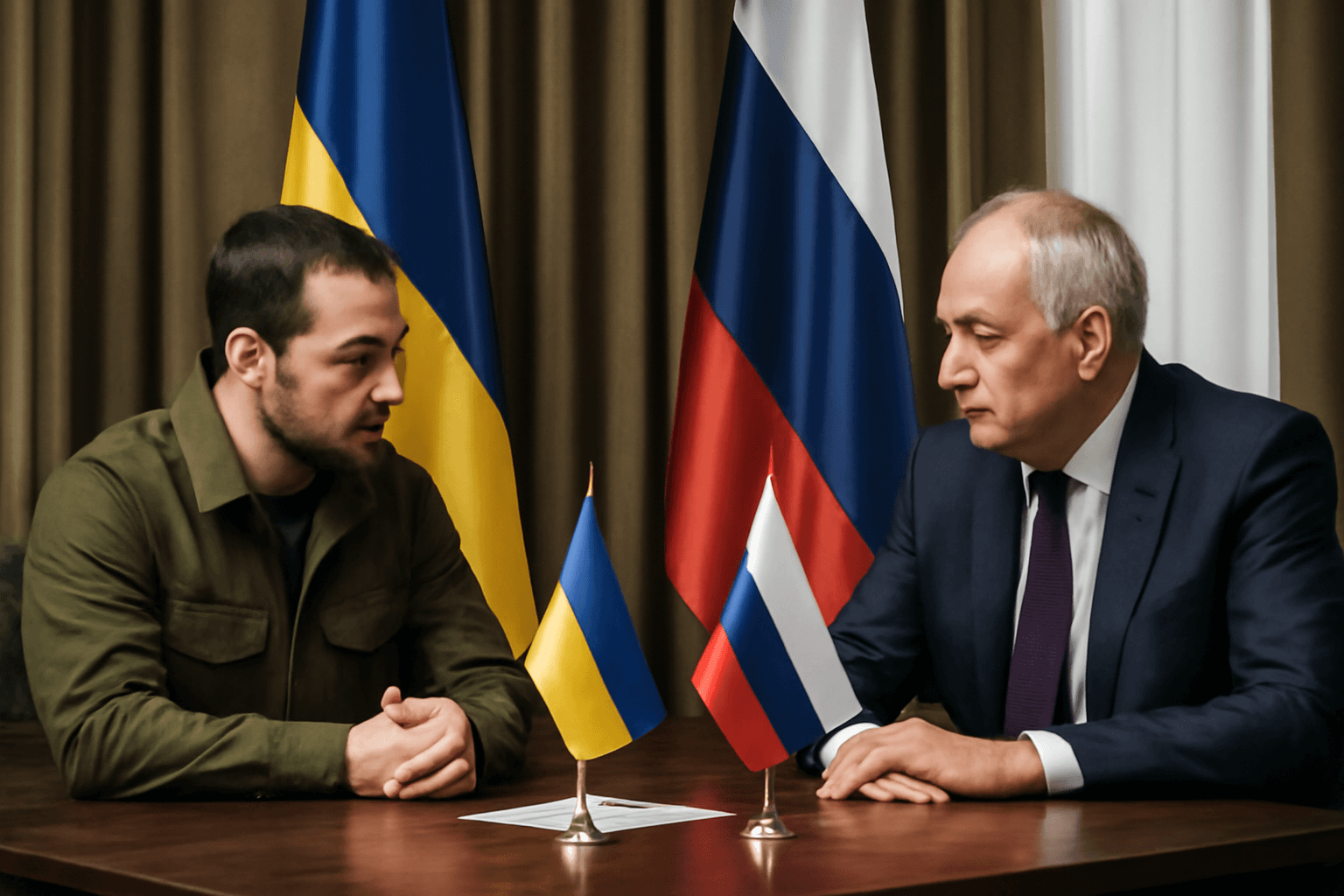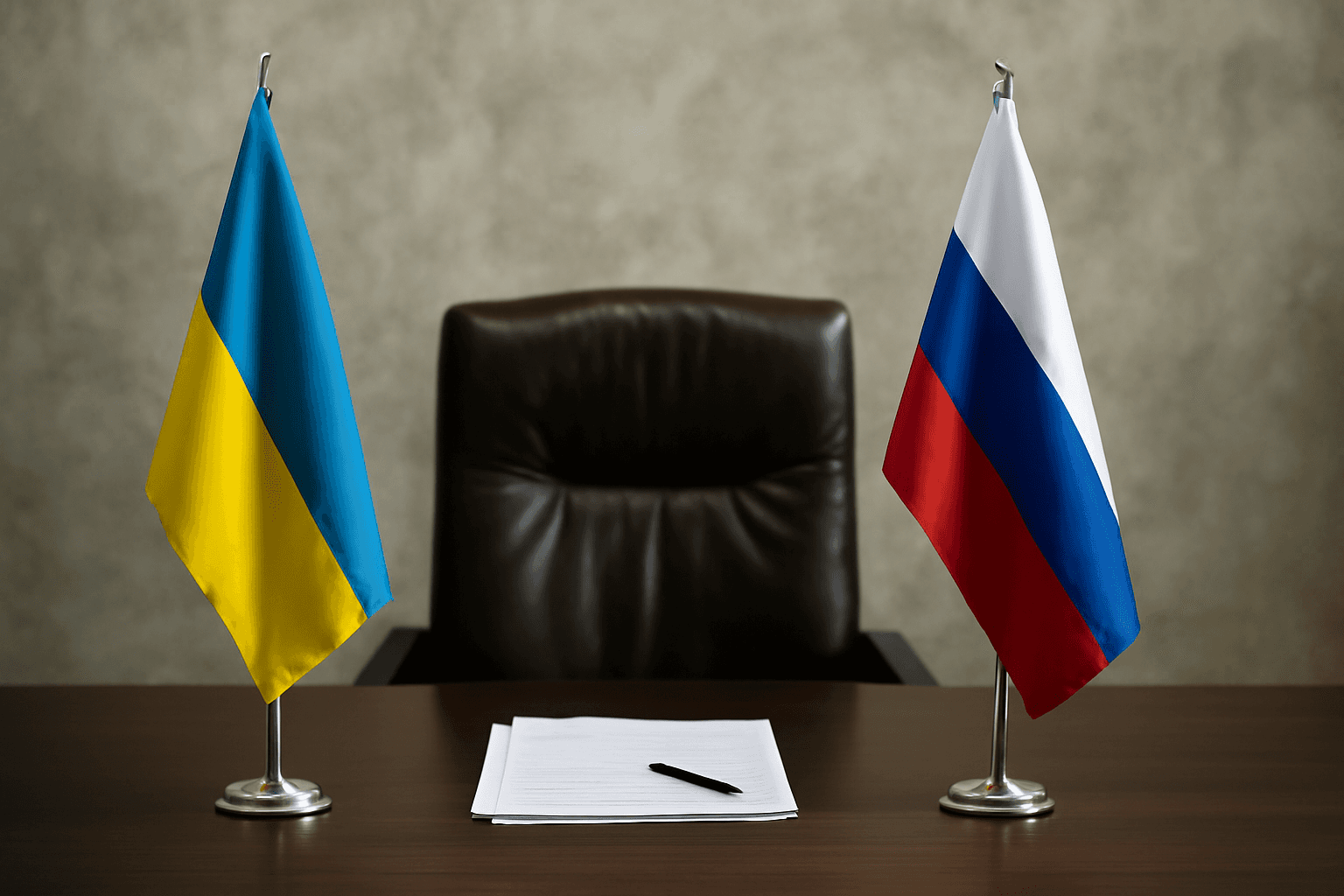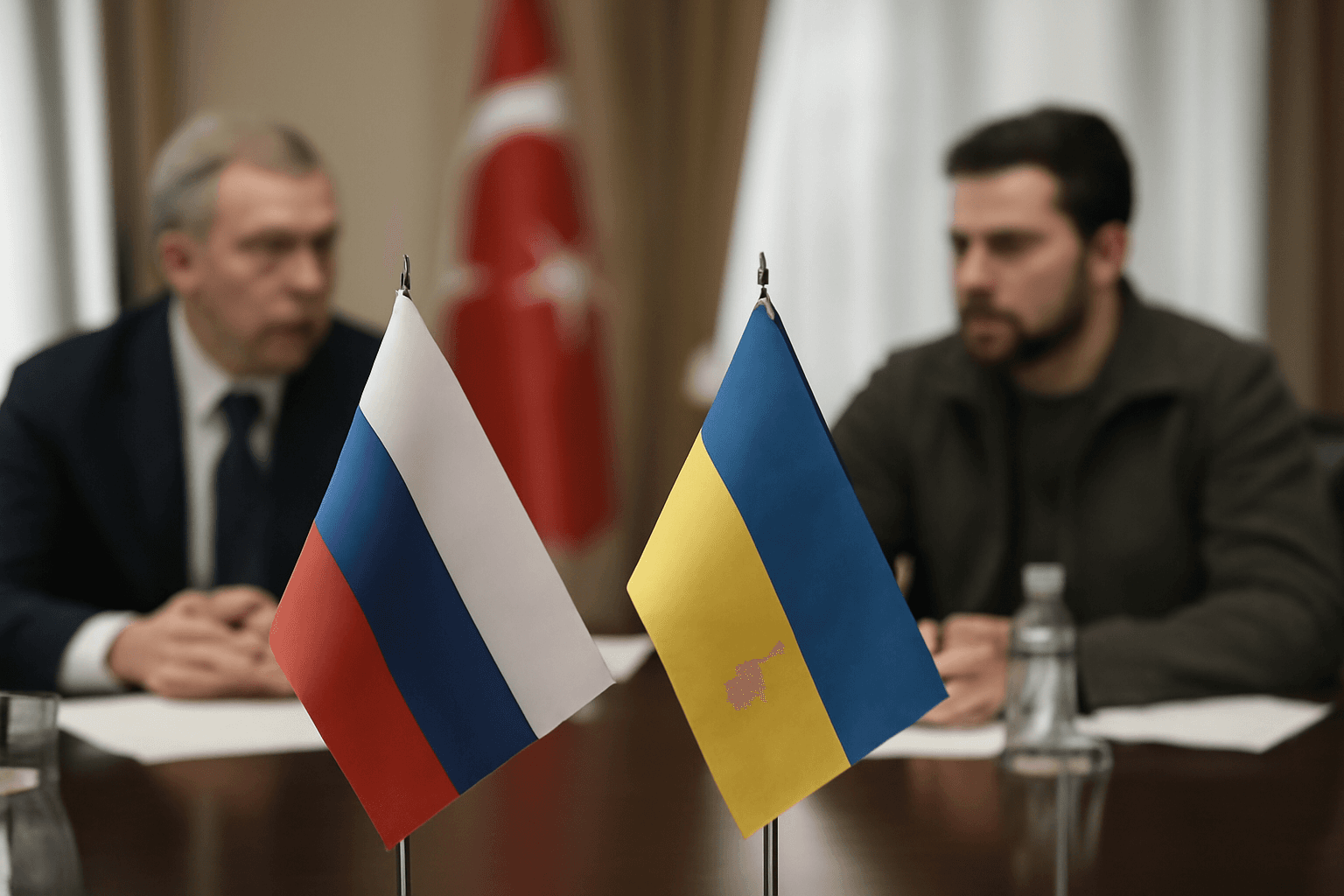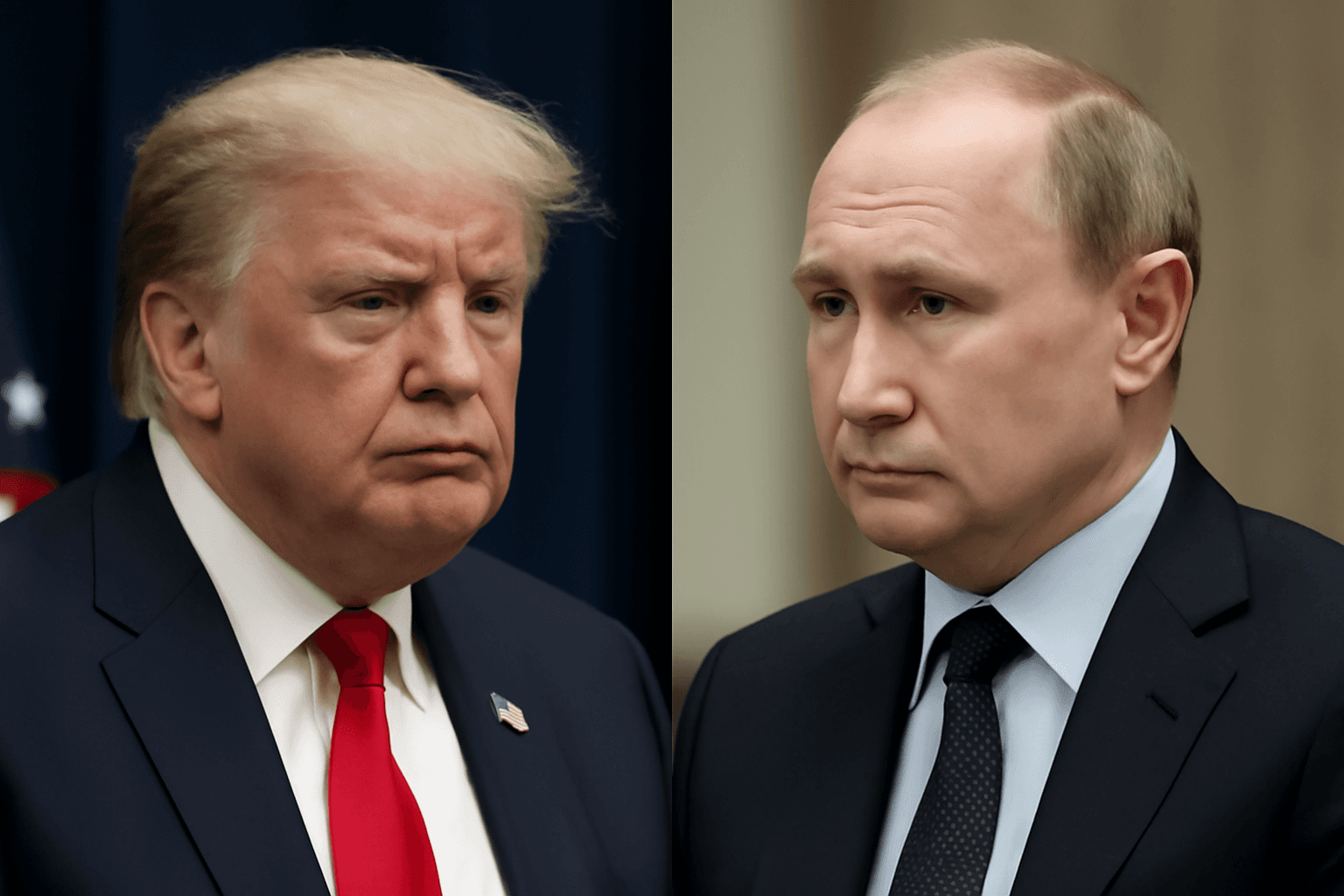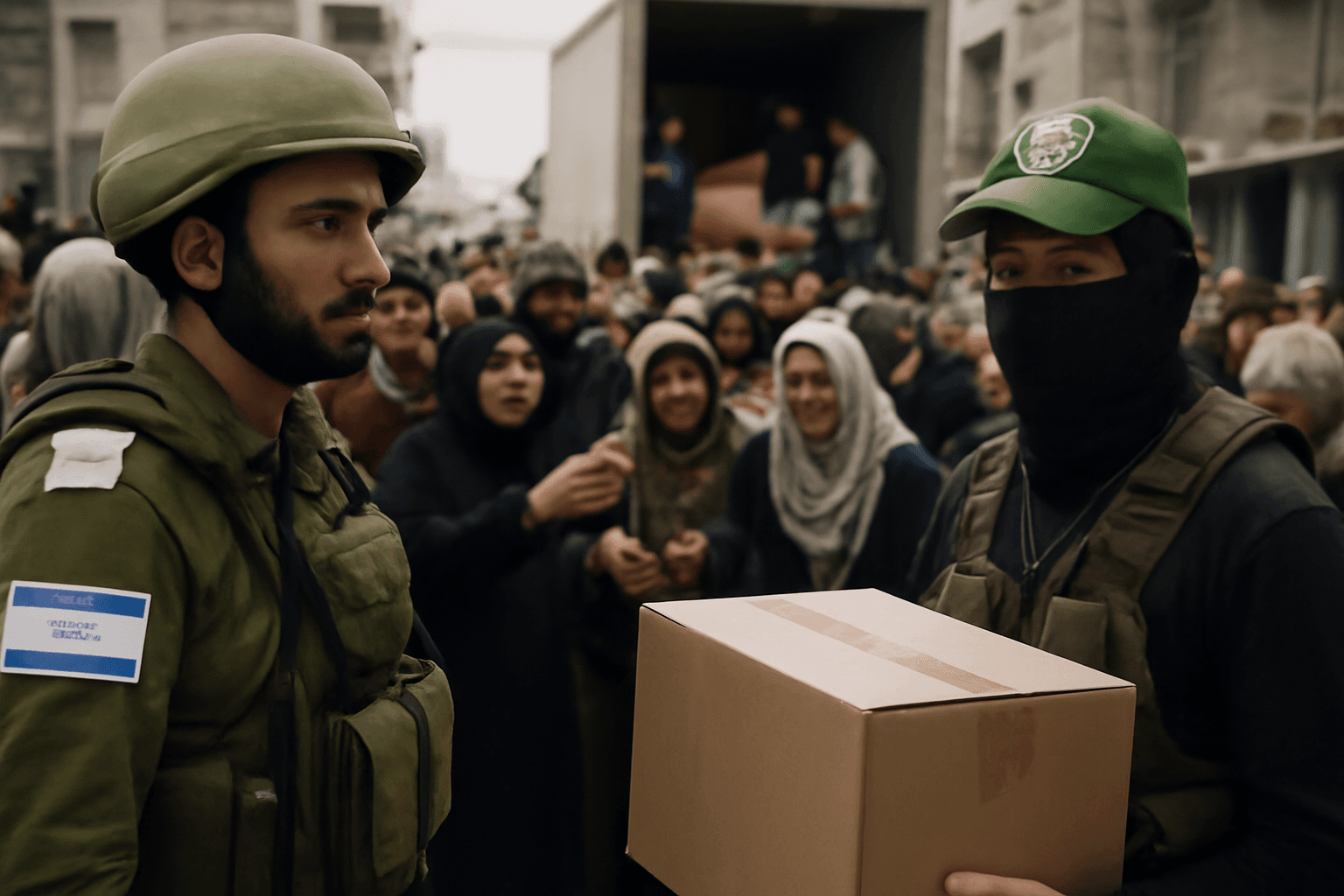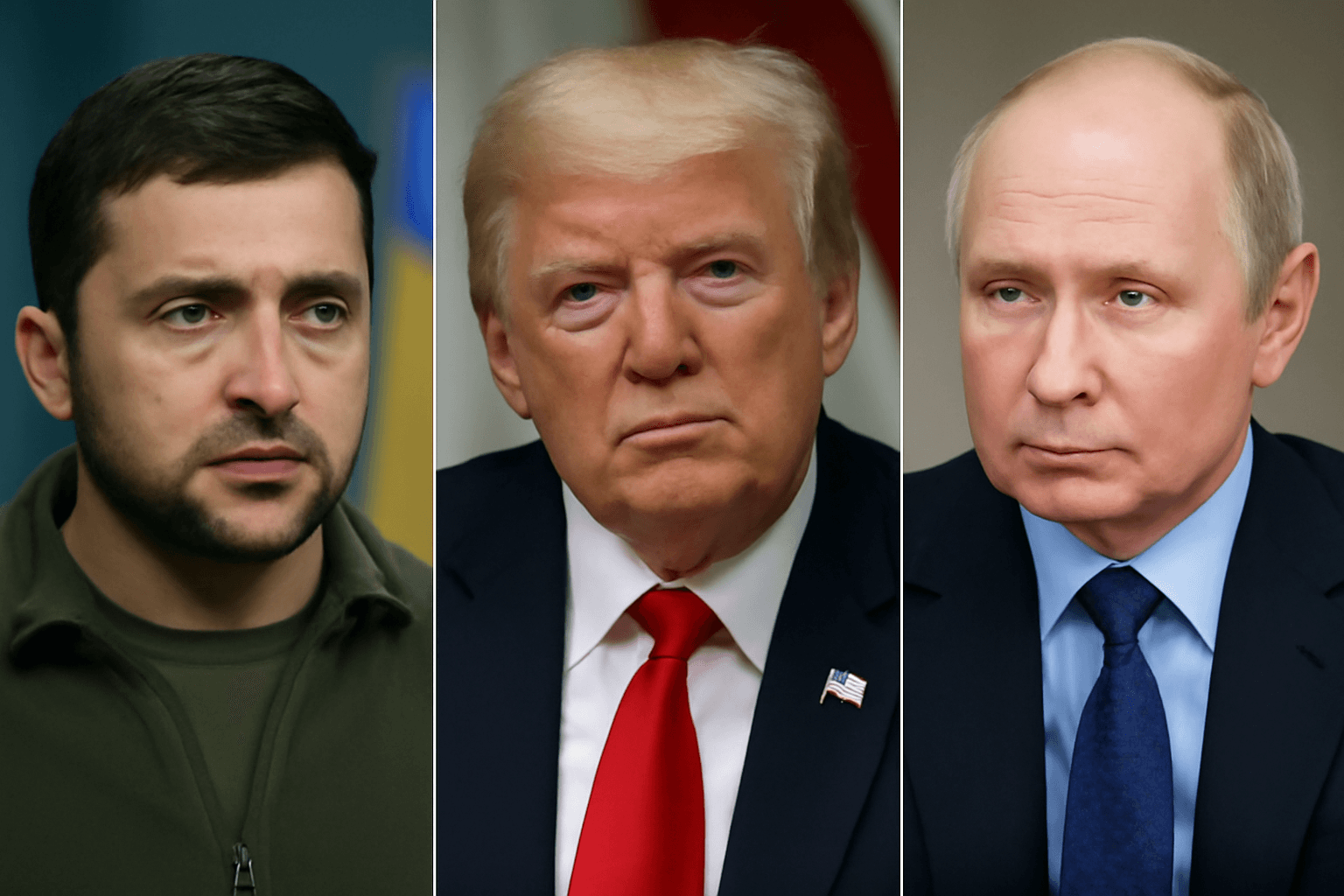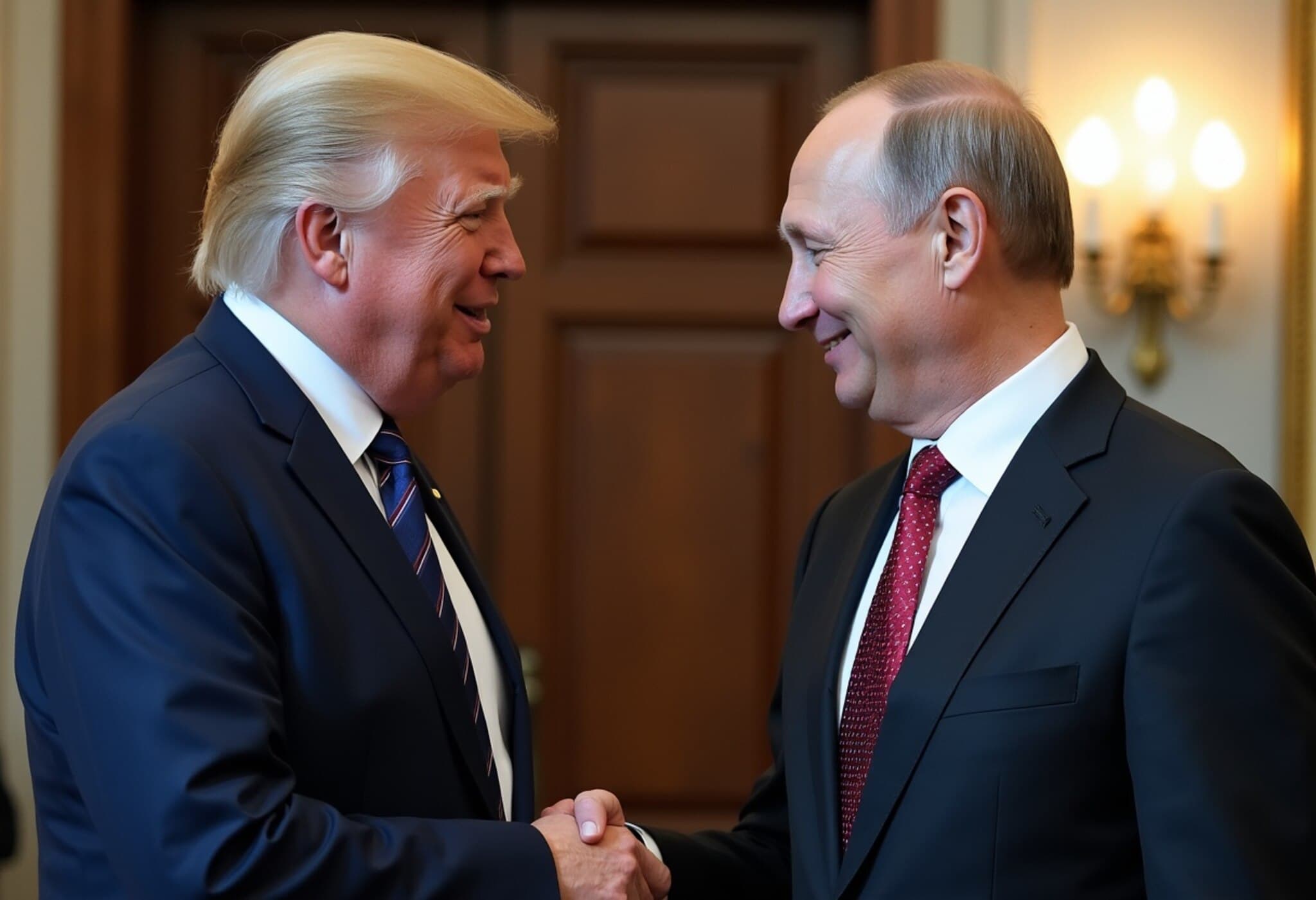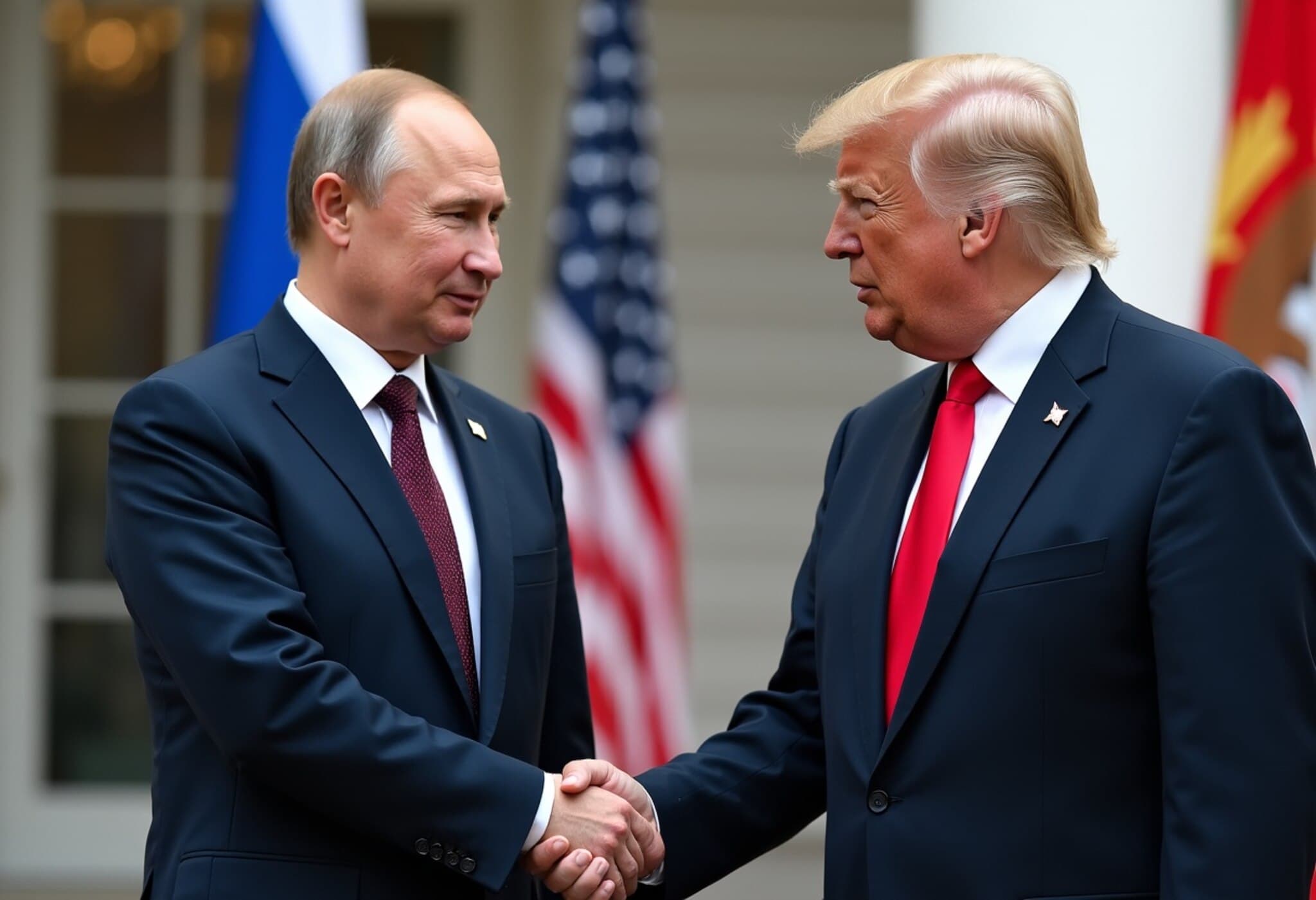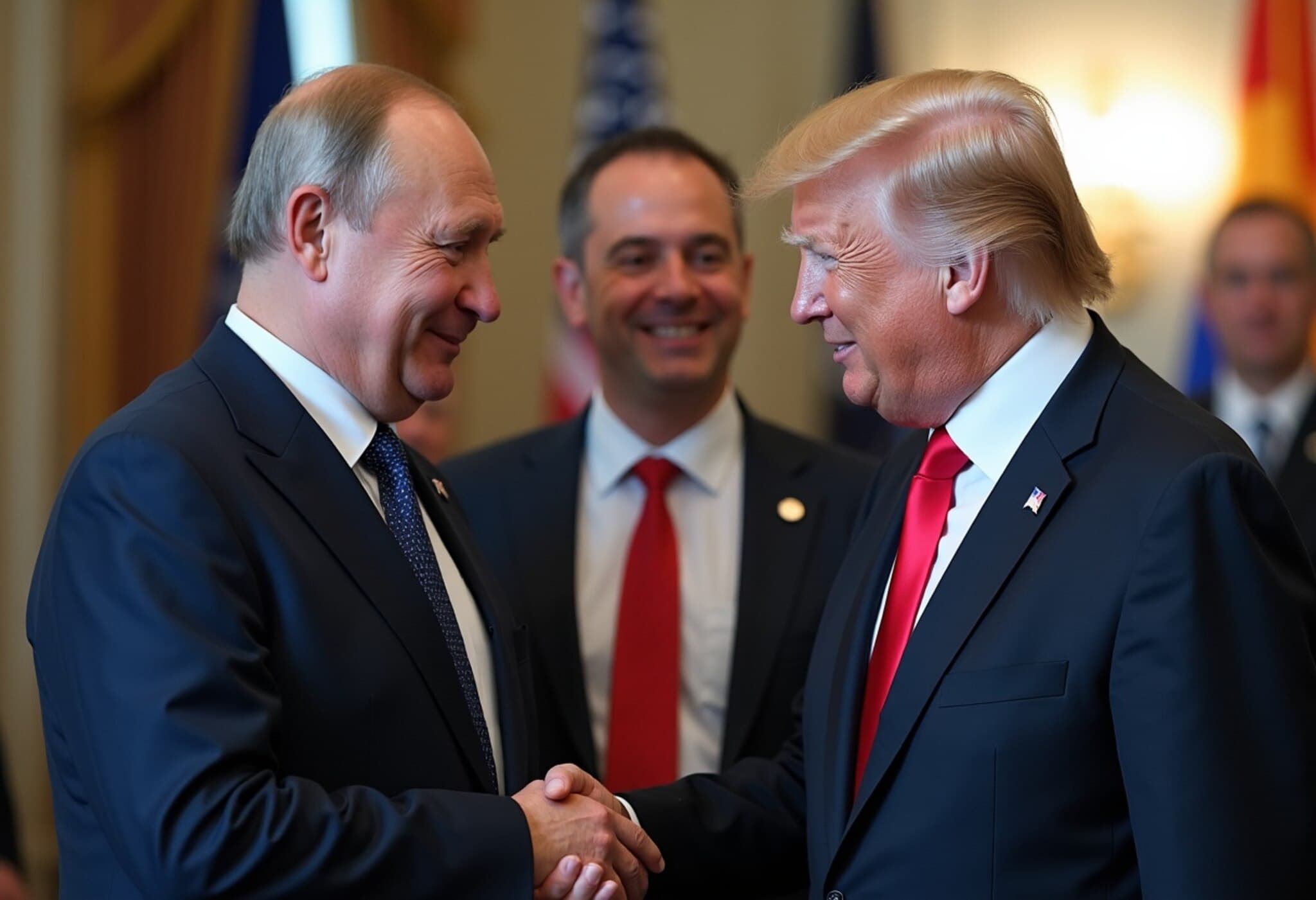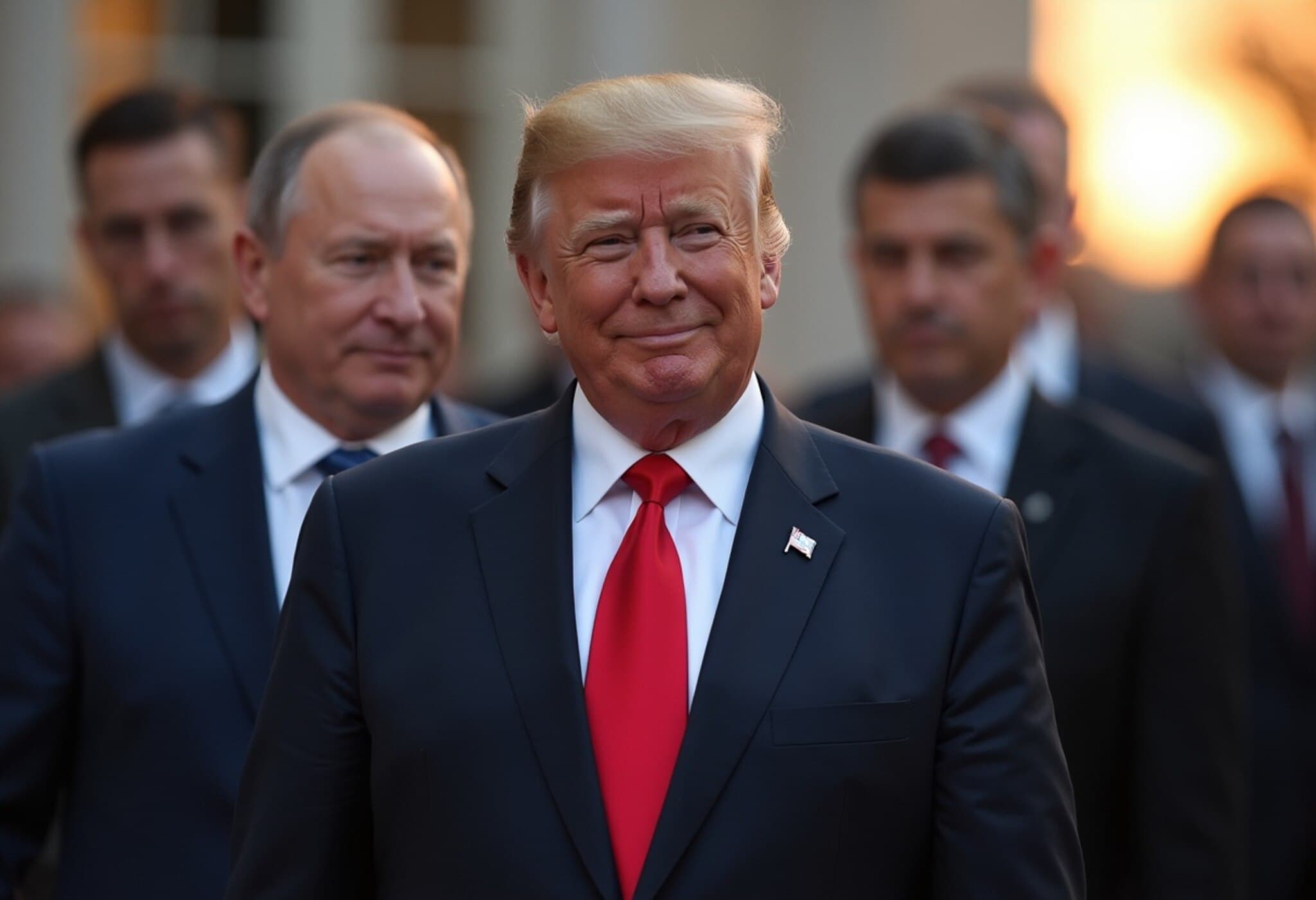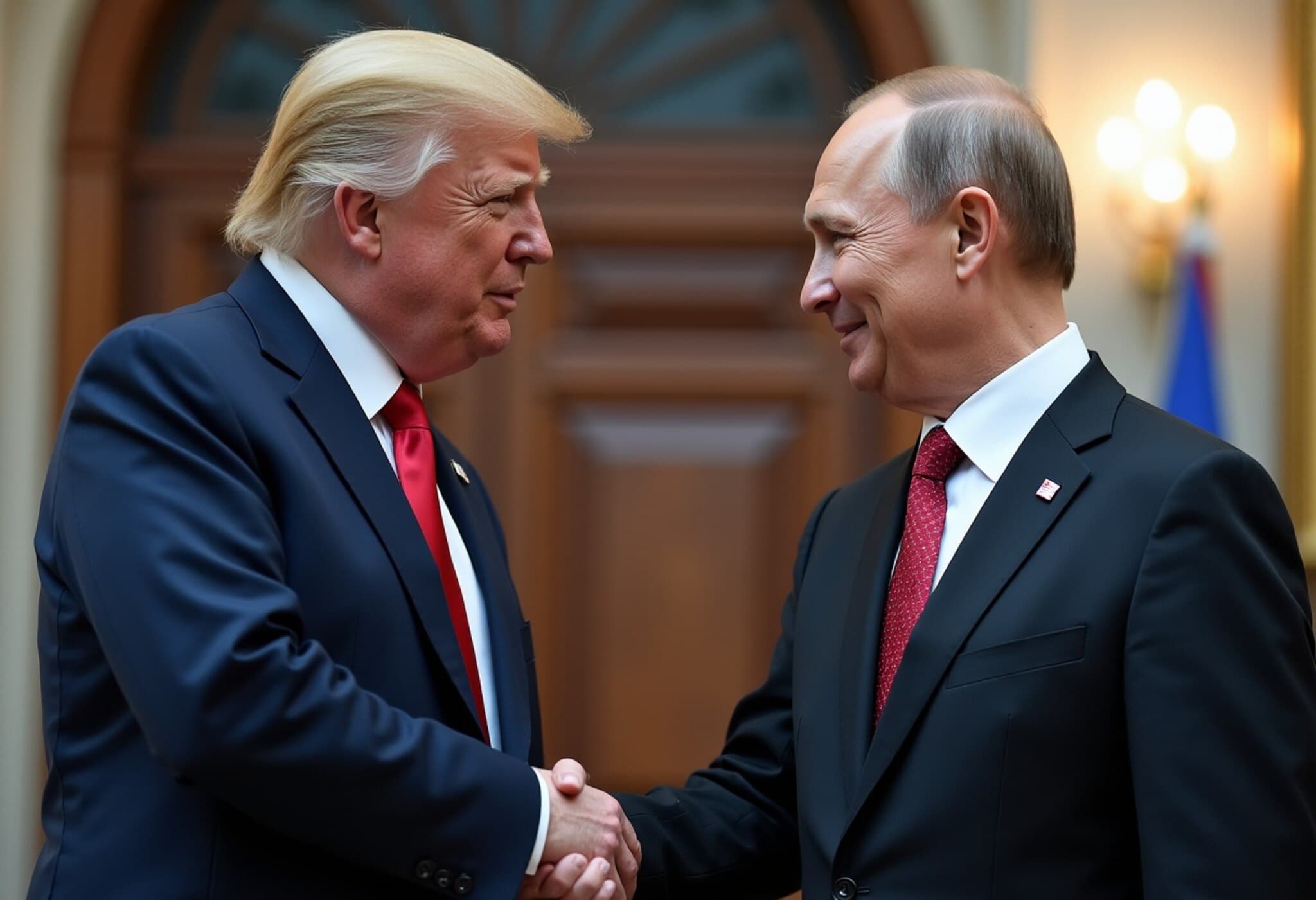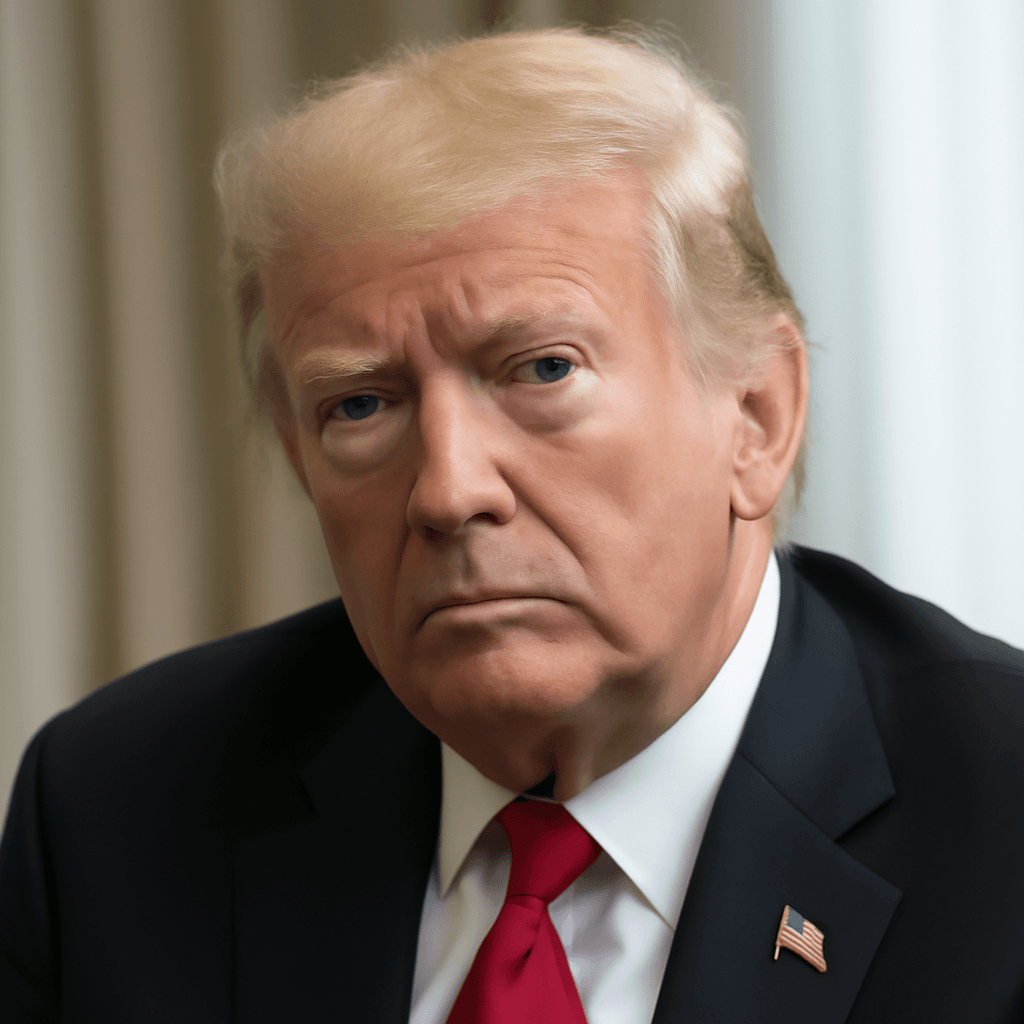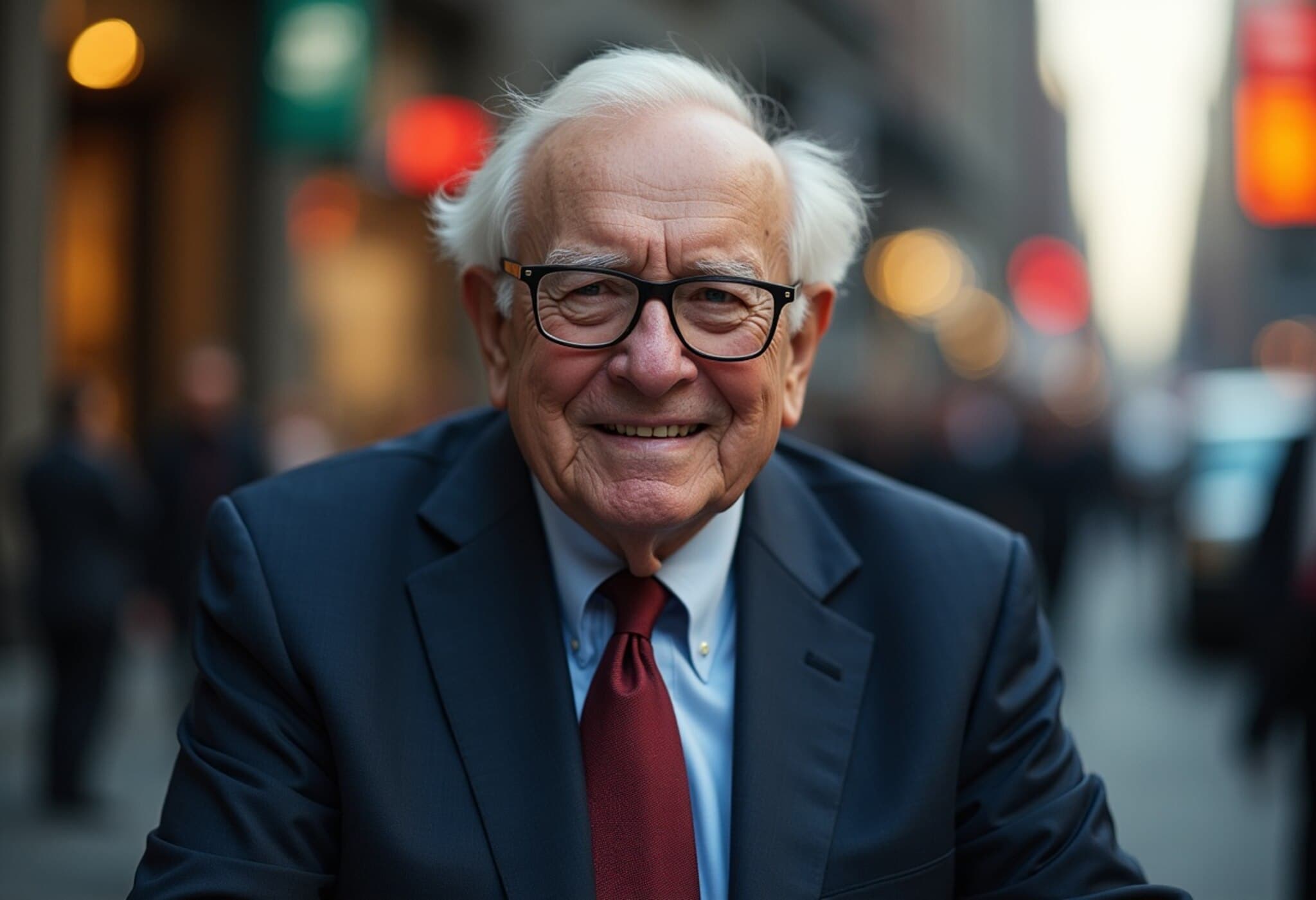Putin Secures Diplomatic Victory Amid Alaska Summit
In a high-profile meeting held on August 15, 2025, at Joint Base Elmendorf-Richardson in Anchorage, Alaska, Russian President Vladimir Putin and U.S. President Donald Trump convened in what was widely anticipated to be a turning point in the Ukraine conflict. Despite the global spotlight and U.S. expectations for a breakthrough, the summit concluded without any definitive resolution to the ongoing war, leaving Trump returning home with no tangible achievements.
The Summit’s Unexpected Dynamics
While observers anticipated a strenuous dialogue, the summit revealed a nuanced picture. Despite Trump’s sometimes erratic and confrontational tone toward Putin, the Russian leader remained composed, praising the “friendly tone” of the discussions. He even greeted Trump as a “dear neighbour” — a phrase laden with diplomatic warmth — and extended an invitation for a future meeting “next time in Moscow.” This gesture underscores Moscow's intent to maintain open channels with Washington, signaling Russia’s confidence on the international stage.
Putin’s Diplomatic Validation in the West
Notably, this event marked Putin’s first visit to a Western country since 2015, punctuating a significant diplomatic achievement. In the face of West-led sanctions and efforts to isolate Russia amidst the protracted Ukraine war, Putin’s reception in Alaska effectively diluted the narrative of complete international ostracization. From Moscow’s perspective, the summit served as validation of Russia’s continued influence and resilience.
Trump’s High Hopes, Stark Reality
Back in office, Trump had promised a swift end to the Ukraine conflict, touting his dealmaking skills and a vision to “bring the boys home.” Yet, the unfolding events painted a starkly different picture. Despite enjoying an arguably warmer reception than expected, Trump was unable to leverage the summit into meaningful progress.
- No ceasefire or peace accords were signed, highlighting deep divisions and unresolved tensions.
- Trump admitted, “there’s no deal until there’s a deal,” underscoring the chasm between U.S. and Russian positions.
- Efforts to modify or ease existing Western sanctions failed, reflecting Merkel policy continuity despite diplomatic gestures.
Trump’s Complex Stance on Ukraine
The summit spotlighted Trump’s complicated relationship with Ukraine and its leadership. Having downplayed support for Kyiv and expressed admiration for Putin, Trump appeared to shift partial responsibility for peace onto Ukrainian President Volodymyr Zelenskyy, urging Kyiv to “get it done.” This posture signals a possible limitation in U.S. influence or political will to pressure Ukraine more aggressively.
The Broader Context: War, Losses, and Enduring Struggle
The Ukraine conflict continues to ravage the region, with both sides suffering severe casualties and economic strain. Ukraine’s determined resistance has defied early expectations of a swift Russian victory; however, the country grapples with constant bombardment and an extended front line exceeding 600 miles.
In this volatile context, the Alaska summit’s diplomatic theatrics contrast sharply with the grim realities on the ground. Putin’s diplomatic “victory lap” in Alaska may boost Russia’s morale and international standing, while the absence of concrete American gains could fuel skepticism about the Trump administration’s peace strategy.
Expert Perspective: The Geopolitical Chessboard
From a policy analyst’s lens, the Alaska summit reflects the complexities of modern great power diplomacy, where public theatrics often conceal entrenched strategic interests. While Trump’s rhetoric railing against U.S. support for Ukraine resonates with a segment domestically, the lack of tangible progress raises questions about the feasibility and sincerity of his peace overtures.
Moreover, Putin’s invitation for a future Moscow meeting can be seen not just as a diplomatic nicety but a calculated move to assert Russia’s center-stage role in global affairs, challenging Western unity and testing American resolve.
What Lies Ahead?
- The continuation of the Ukraine war in absence of a clear diplomatic breakthrough.
- A possible recalibration of Western sanctions policy in response to evolving geopolitical dynamics.
- The potential influence of upcoming U.S. political developments on foreign policy stances toward Russia and Ukraine.
Editor’s Note
The Alaska summit, while lacking immediate peace dividends, offers rich insight into the delicate dance of diplomacy amid conflict. Putin’s ability to secure diplomatic recognition in a Western venue signals Russia’s resilience, but the broader war’s devastating toll remains unmitigated. For policymakers and citizens alike, these developments prompt critical reflection on the limits of summitry, the complexity of conflict resolution, and the urgent need for robust, strategic engagement with both allies and adversaries to chart a path toward lasting peace.

